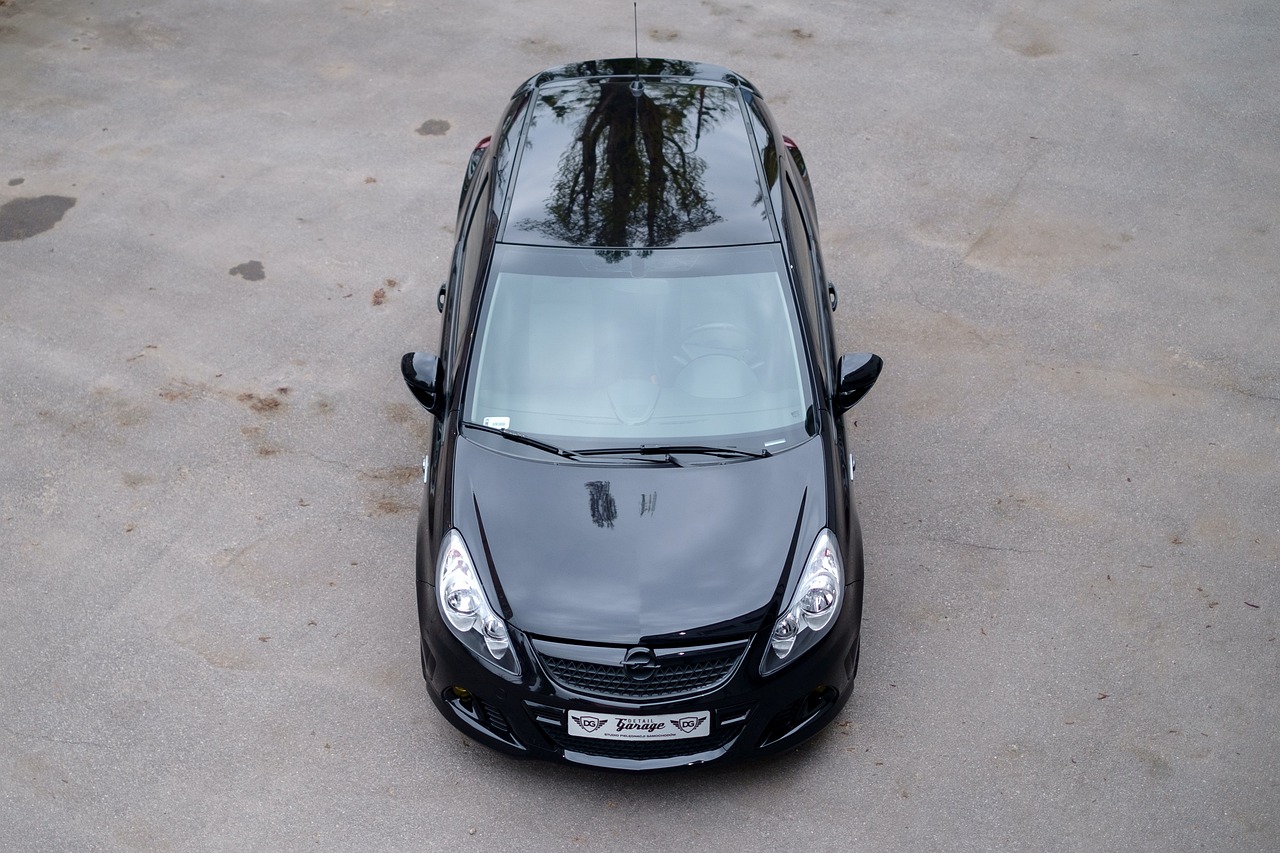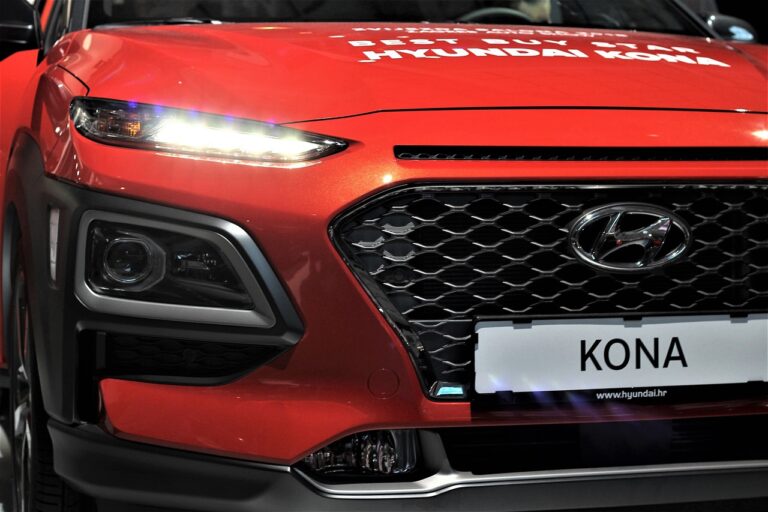Exploring the Concept of Vehicle-to-Everything (V2X) Communication
V2X communication, or Vehicle-to-Everything communication, refers to the transmission of data between a vehicle and any entity that may affect or be affected by the vehicle. This cutting-edge technology allows vehicles to communicate with other vehicles (V2V), infrastructure (V2I), pedestrians (V2P), and networks (V2N). By enabling real-time data exchange, V2X communication plays a crucial role in enhancing road safety, traffic efficiency, and overall driving experience.
Through V2X communication, vehicles can receive information about potential hazards on the road, such as accidents, road closures, or adverse weather conditions, allowing them to take proactive measures to avoid accidents. Moreover, this technology paves the way for the development of autonomous and connected vehicles, leading to a future where transportation is not only safer but also more efficient and environmentally friendly.
Benefits of V2X Communication
V2X communication offers a multitude of benefits that can enhance road safety and efficiency. One of the primary advantages is its ability to provide real-time information about traffic conditions, allowing drivers to make informed decisions promptly. This instantaneous flow of data enables vehicles to anticipate and react to potential hazards, reducing the risk of accidents and improving overall road safety.
Furthermore, V2X communication plays a crucial role in optimizing traffic flow and reducing congestion on the roads. By enabling vehicles to communicate with each other and with the surrounding infrastructure, V2X technology can facilitate smoother coordination and coordination among vehicles. This allows for more efficient traffic management, leading to reduced travel times and lower fuel consumption, ultimately benefiting both drivers and the environment.
Types of V2X Communication Technologies
V2X communication technologies can be broadly categorized into two main types: cellular-based and DSRC (Dedicated Short-Range Communications) based systems. Cellular-based systems utilize existing mobile networks to enable communication between vehicles and infrastructure, offering greater coverage and potential for scalability. On the other hand, DSRC-based systems operate on a specific wireless spectrum dedicated to transportation applications, providing low-latency, reliable communication for V2X interactions.
Within the cellular-based category, technologies like 4G LTE and upcoming 5G networks play a crucial role in supporting V2X applications. These networks facilitate high-speed data transmission and low latency communication between vehicles and infrastructure, paving the way for the integration of advanced safety features and autonomous driving capabilities. In contrast, DSRC technology operates in the 5.9 GHz spectrum, enabling direct vehicle-to-vehicle and vehicle-to-infrastructure communication without relying on cellular networks, thus ensuring reliable and real-time data exchange for enhanced road safety and traffic efficiency.
What is V2X Communication?
V2X Communication, also known as Vehicle-to-Everything Communication, enables vehicles to communicate with each other and with their surrounding environment through wireless technologies.
What are the benefits of V2X Communication?
The benefits of V2X Communication include improved road safety, reduced traffic congestion, better traffic management, enhanced driver assistance, and increased overall efficiency of transportation systems.
What are the types of V2X Communication Technologies?
The types of V2X Communication Technologies include Vehicle-to-Vehicle (V2V) communication, Vehicle-to-Infrastructure (V2I) communication, Vehicle-to-Pedestrian (V2P) communication, and Vehicle-to-Grid (V2G) communication. Each type serves a specific purpose in enhancing transportation systems.







